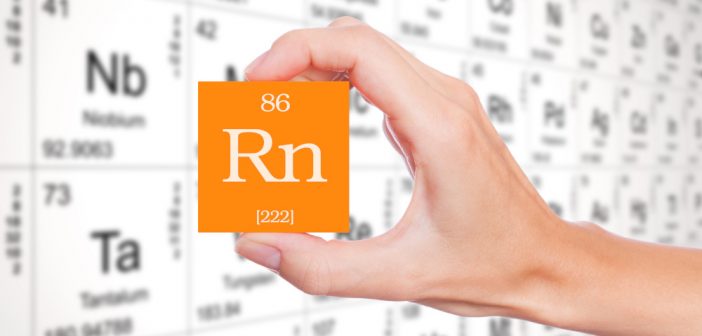A colorless, odorless gas could be entering your home. Left unchecked, it could have a serious impact on your health. This description may sound like carbon monoxide, but there is another hidden danger to watch out for.
Radon is behind an estimated 20,000 deaths in the United States every year. Despite the health problems this gas can cause, many people might not know how to keep their homes safe. Here’s what you should know about this gas, its risks, and how to protect yourself:
What is radon?
Radon is a radioactive gas that develops naturally. It is created when radioactive metals—uranium, thorium or radium—break down in the earth. Radon can be found in the soil and in groundwater.
What are the risks?
You will not notice if you are exposed to radon, and it can quickly become a serious health hazard. The risks to your health are higher if you are exposed to high levels for a prolonged period of time. Radon drastically increases the chances of getting lung cancer for people who smoke, and it is the second-leading cause of lung cancer.
“Smoking cigarettes is by far the most common cause of lung cancer, but you can develop the disease even if you have never smoked,” says Sarah Hilton, a registered nurse. “Radon is one factor that can increase the chance of lung cancer even in nonsmokers, and determining the level of the gas where you live can help you take steps to reduce your risk.”
Is there radon in my home?
An estimated 6 million homes in the United States may have higher radon levels. The increased levels affect homes in every state, and any home can have an unhealthy amount of radon. The gas can enter the home in a variety of ways, including the water supply and airflow. The risk is higher when the water supply comes from groundwater, such as a private well. Exhaust fans, furnaces and ovens can change the air pressure in a home and make it easier for radon to enter. Now, while there are a lot of ways for this gas to enter your home, that doesn’t mean every home has unsafe levels. The only way to know if radon is affecting your home is to test it.
How do you test for radon?
The good news is that testing your home for radon is easy and inexpensive. Short-term and long-term tests can be purchased to measure the average level in your home. The EPA recommends a home be fixed if it measures long-term levels of radon at 4 pCi/L or higher. A contractor can install a mitigation system that pulls the radon from below the home and sends it away from the home before it can enter.
High levels of radon in your home is bad news, but this is a danger that can be easily addressed. The best way to minimize your risk of radon exposure is to get your home tested and act on the results immediately.
A version of this article was published by The Daily Herald. It has been republished here with permission.




